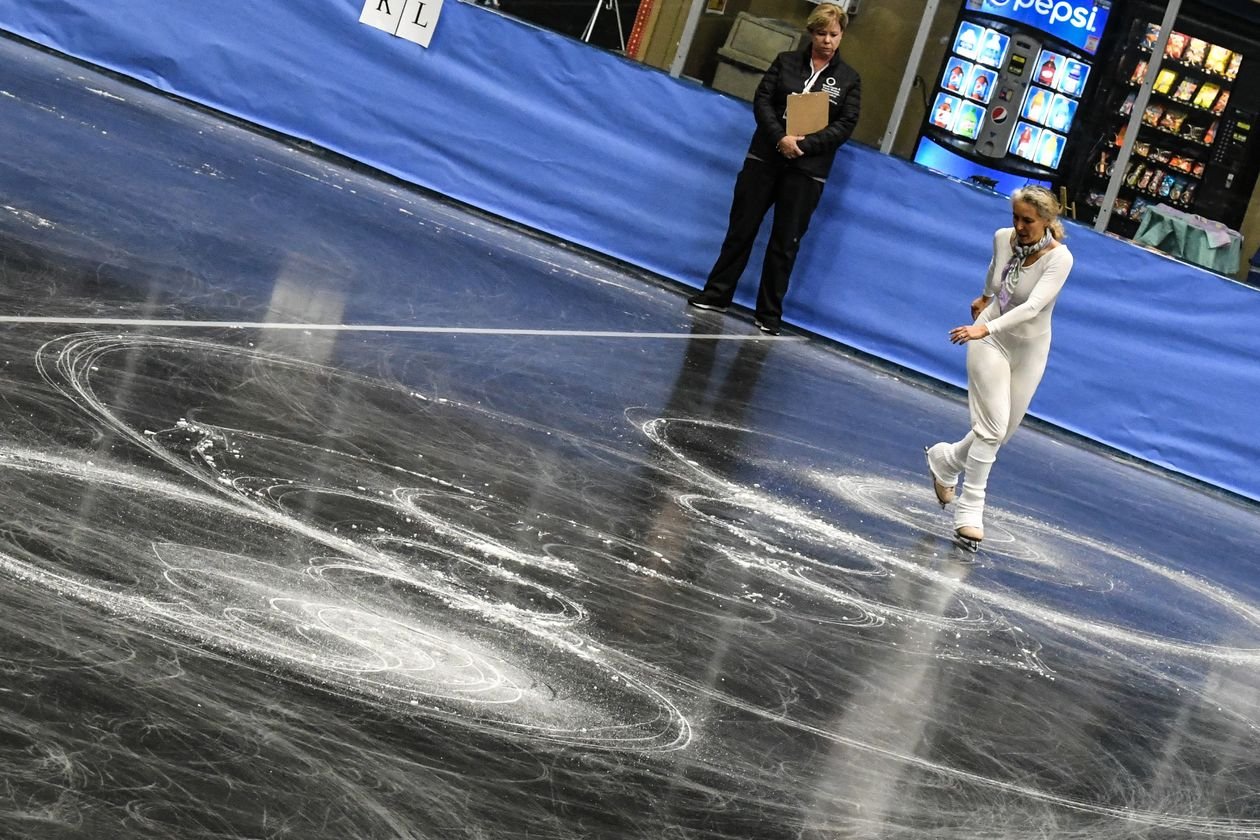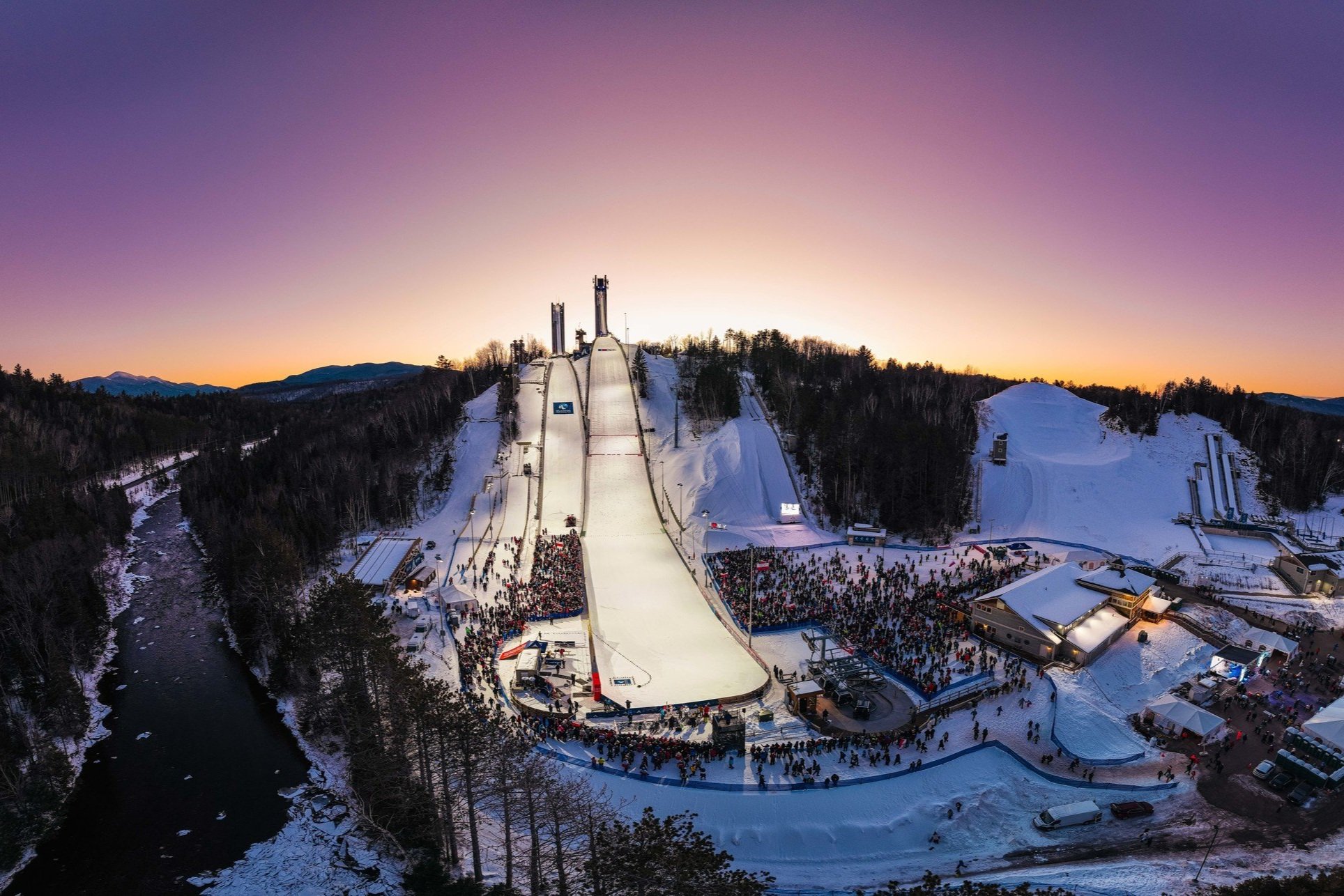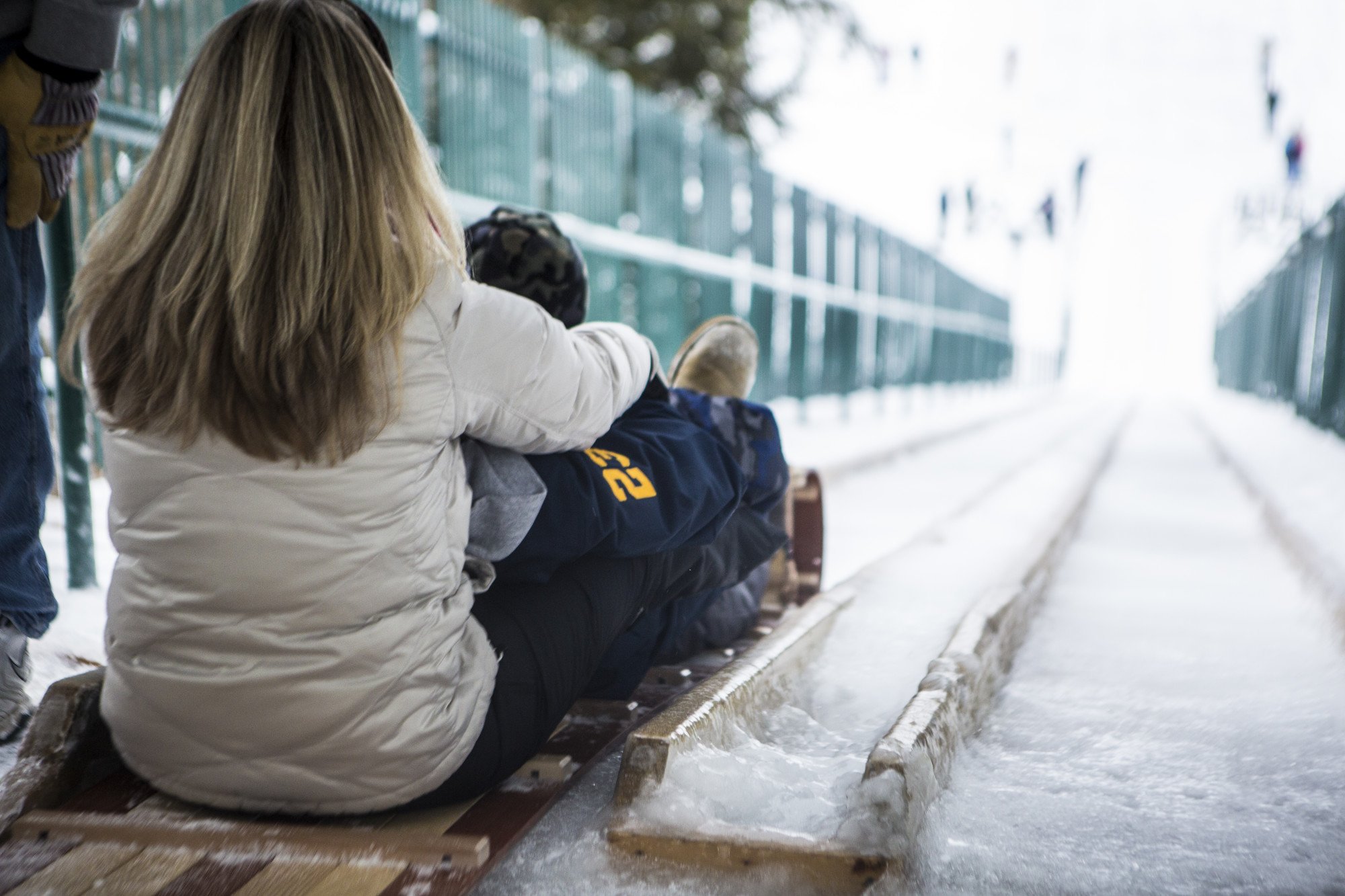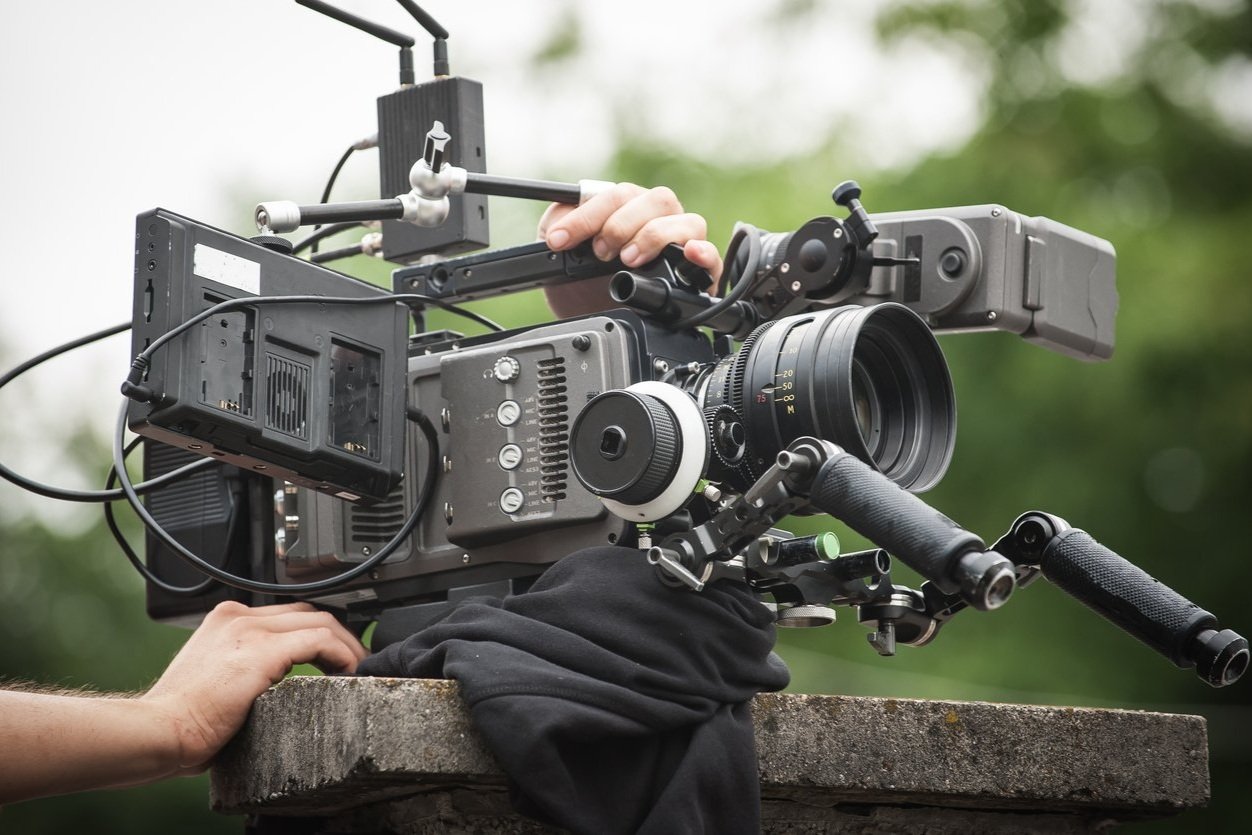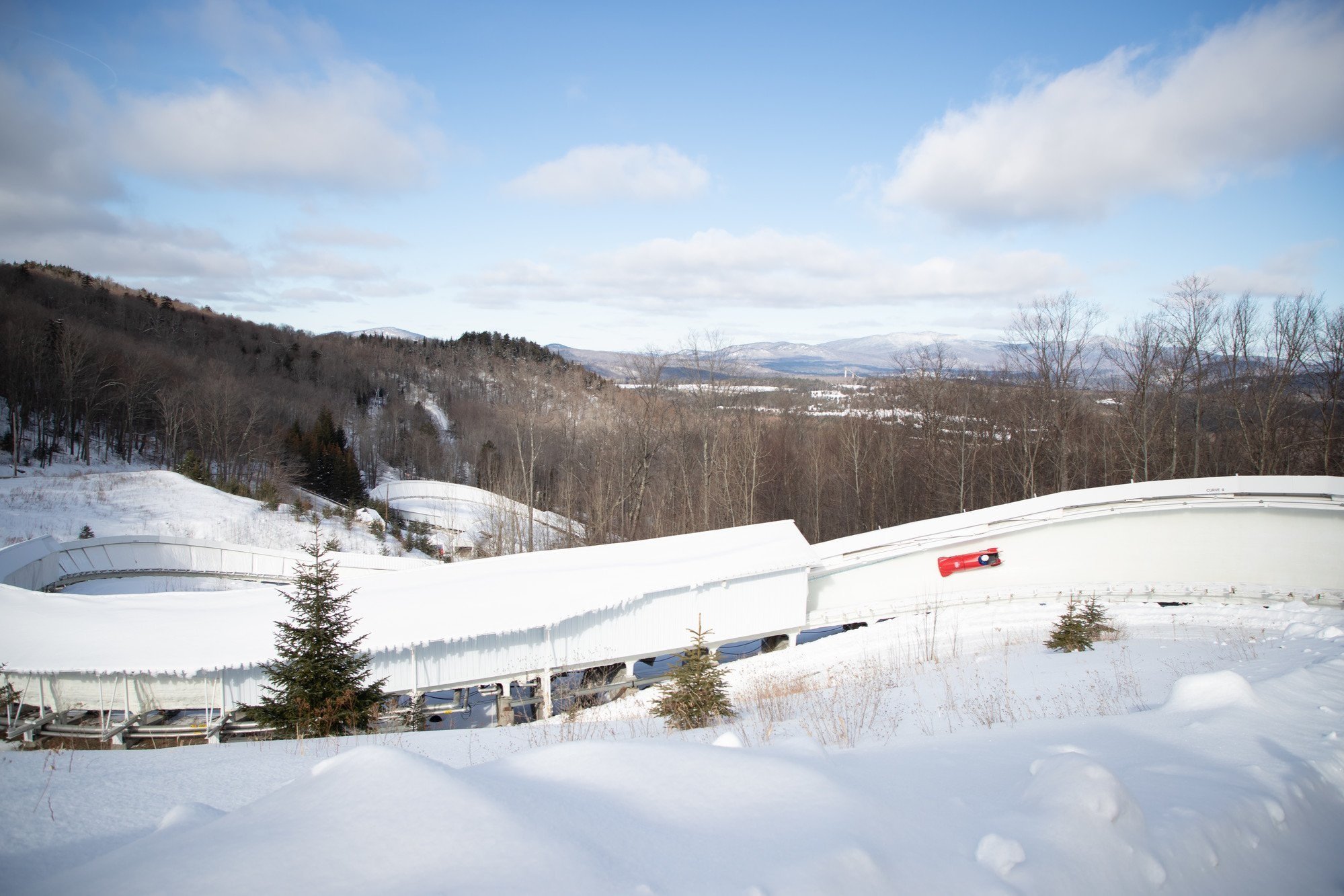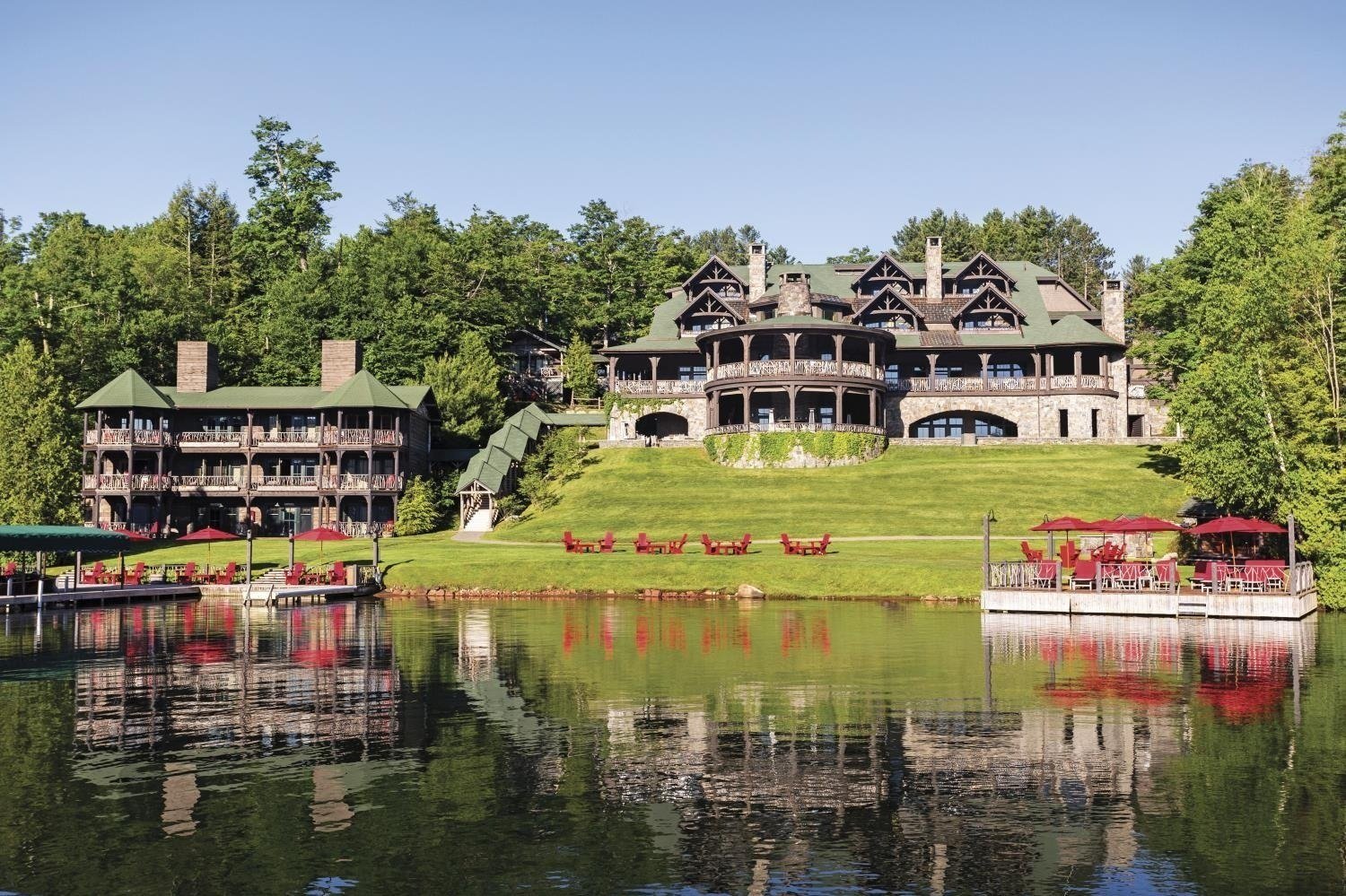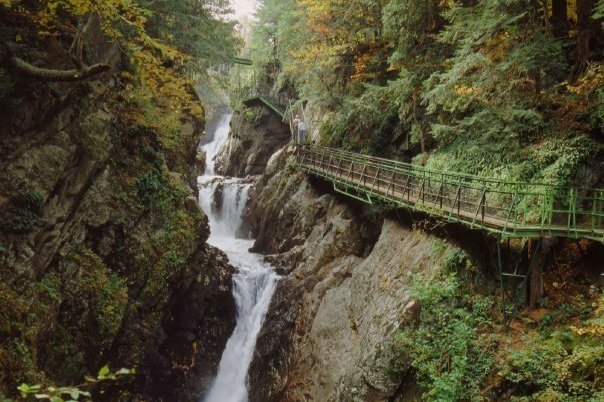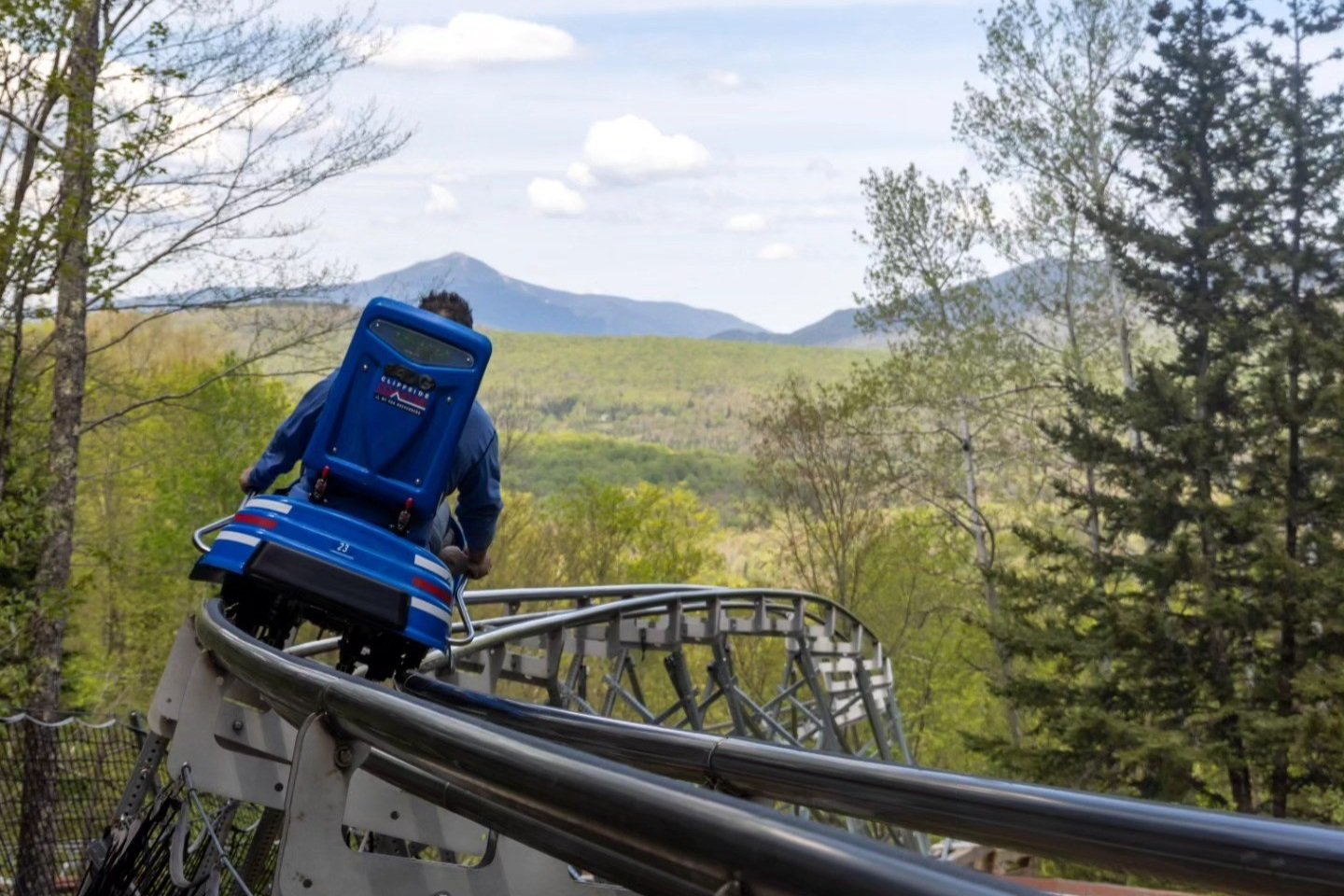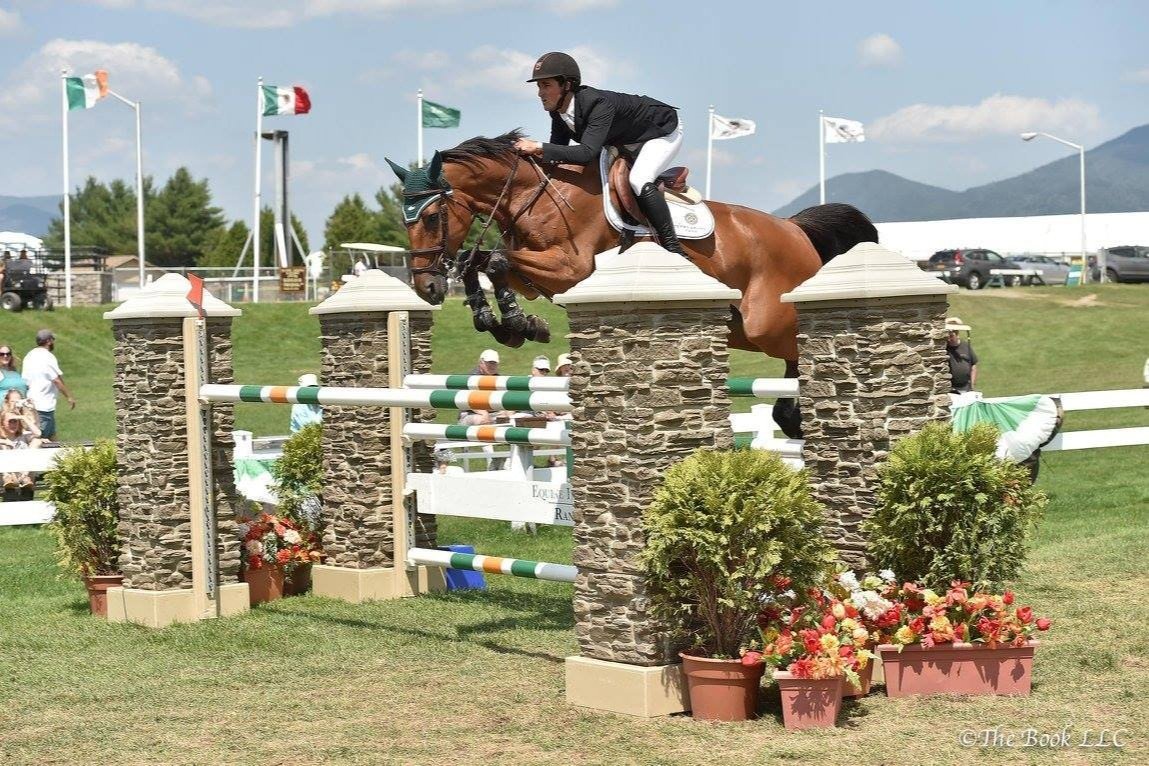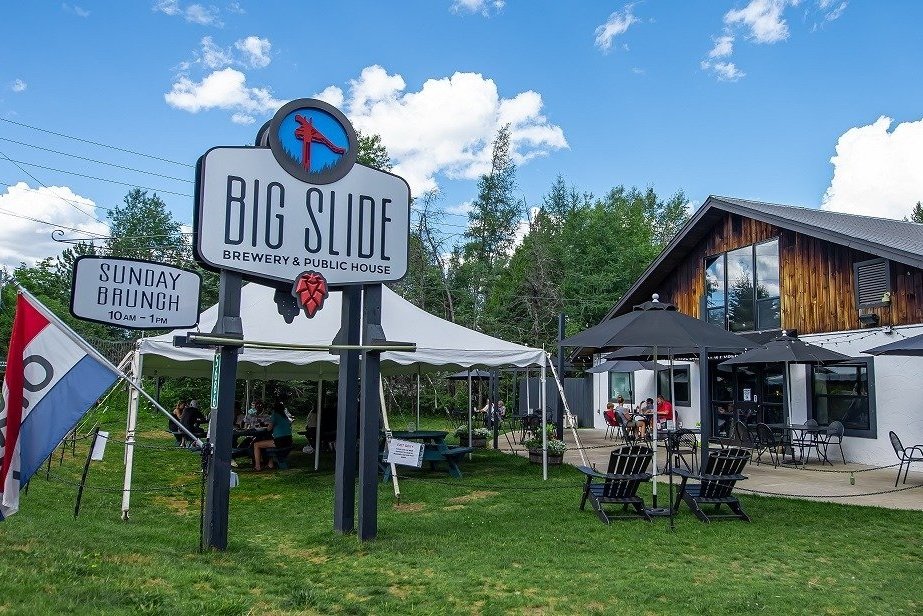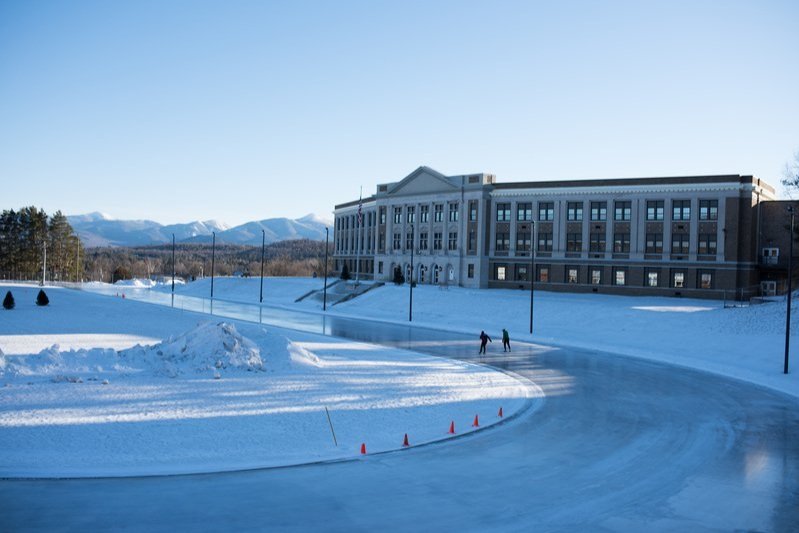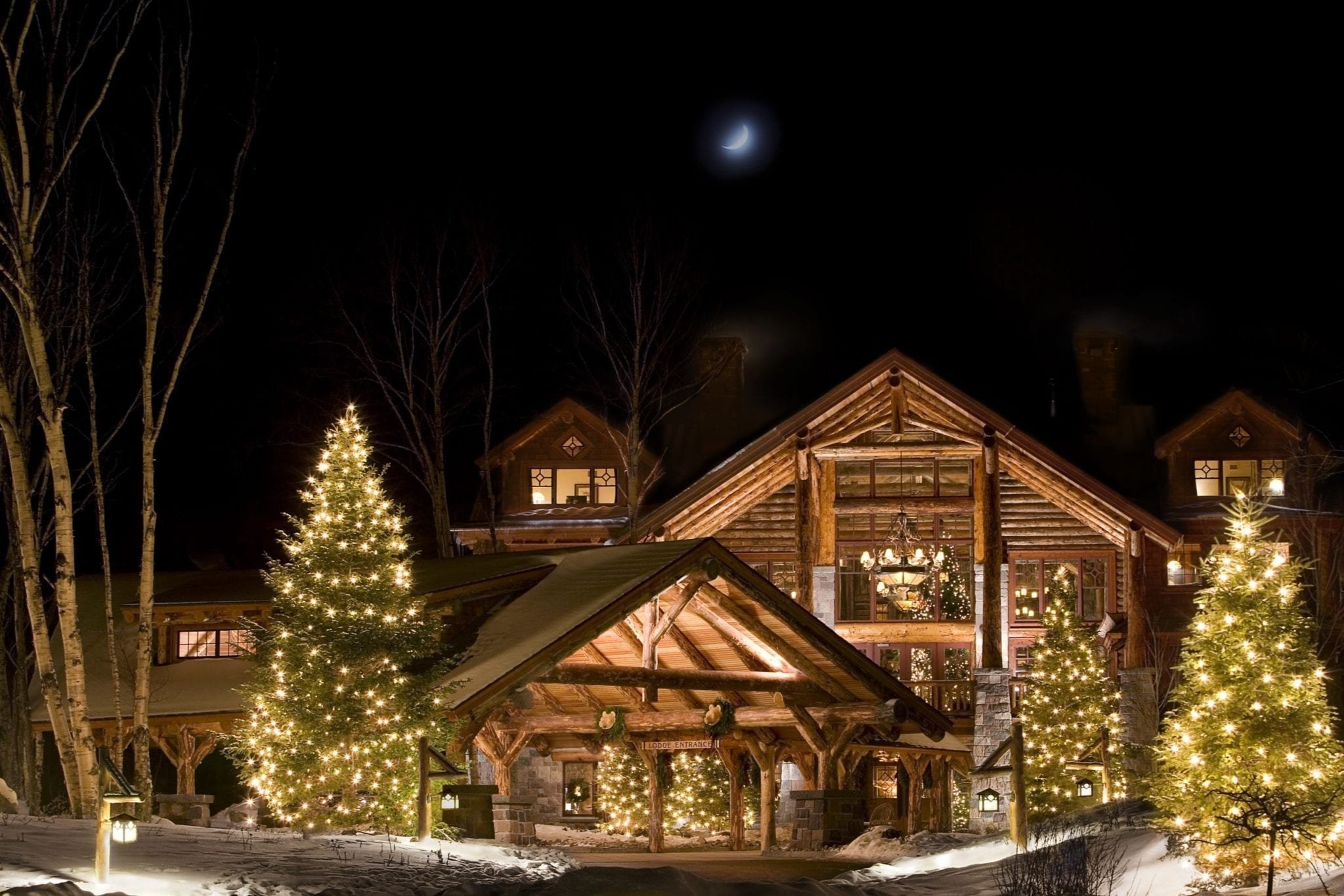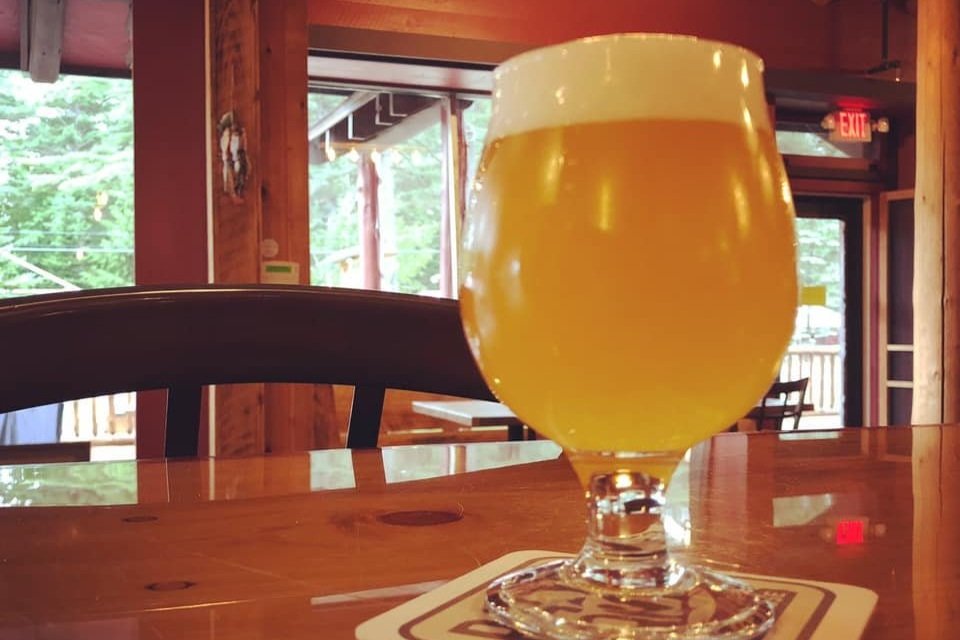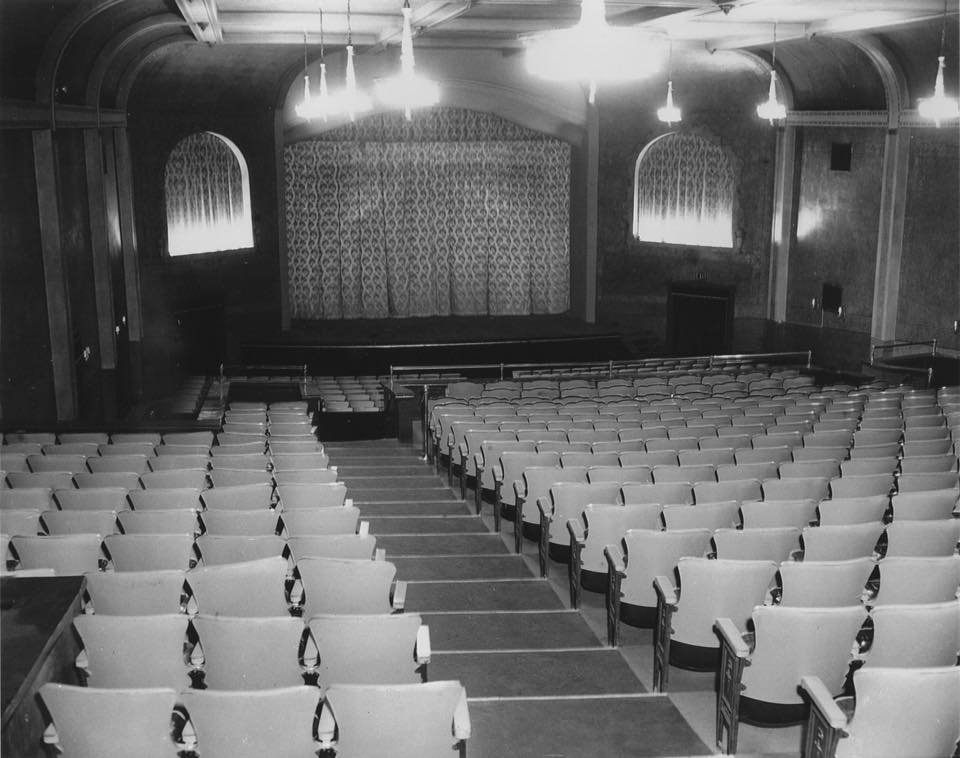World Figure and Fancy Skating Championships Resurrect a Lost Competition in Lake Placid.
The Historic Jack Shea Arena in Lake Placid is the perfect place to revive a fundamental aspect of skating competitions.
If you were a Lil’ ADKer (or not even so Lil’) back in the ‘60s, ‘70s and ‘80s, you probably remember watching Olympians compete for skating gold on TV. US viewers and fans watched talented skaters like Peggy Fleming take home the gold medal from the ‘68 Grenoble games (the only US athlete to bring home Gold from those games), Dorothy Hamill strike Gold in Innsbruck, and Scott Hamilton grab the Gold in Sarajevo, Yugoslavia.
You might also remember catching clips of those same skaters performing compulsory figures, the circular patterns that skaters traced on the ice to demonstrate skill in placing clean turns evenly on round circles. It may not have made for “must-see” TV viewing, but there was a certain zen-like aspect of the exercise that was captivating to watch.
While the International Skating Union (ISU) voted to discontinue Compulsories as a part of competitions in 1990, a group of figure skating devotees, including Dorothy Hamill, are working to bring them back. And we’re excited to share that Lake Placid is hosting the 2023 World Figure and Fancy Skating Championships on October 5-8.
Back in the day: compulsory figures were a critical component to skating success.
Learning and training in compulsory figures were promoted by skating enthusiasts who believed that they instilled discipline and control; some in the figure skating community considered them necessary to teach skaters basic skills. Skaters would train for hours to learn and execute them well, and competing and judging figures would often take up to eight hours during competitions.
Peggy Fleming performs compulsory figures in Grenoble, France 1968
In the compulsory events, male and female skaters traced figures and were judged according to their smoothness and accuracy.
The circle was the basis of all figures. Other elements in compulsory figures included curves, change of foot, change of edge, and turns.
Skaters had to trace precise circles while completing difficult turns and edges. The simple "figure eight" shape was executed by connecting two circles; other figures included the three turn, the counter turn, the rocker turn, the bracket turn, and the loop.
For approximately the first 50 years of figure skating as a sport, compulsory figures made up 60% of the total score at most competitions around the world.
The decline, elimination and rebirth of compulsory events.
Compulsory figures started their slow decline in the ‘60s, and by the end of the 20th century, they were no longer part of any major regional or international competition. Perhaps in an increasingly media-intense world, they didn’t make for great TV.
However, a renaissance happened in 2015 when the World Figure Sport Society held the inaugural World Figure Championship & Festival on black ice in Lake Placid, which the Ice Skating Institute (ISI) also endorsed.
The World Figure Sport Society brought the 2016 World Figure Championship on Black Ice to Toronto, Canada and has held continuous World Figure & Fancy Skating Championships & Festivals on black ice in the various locations.
Today, a growing number of skaters are training and competing in figures. More coaches are learning the new methods developed by the World Figure Sport Society to teach them to skaters, as some skaters and coaches believe that figures give skaters an advantage in developing alignment, core strength, body control, and discipline.
From Thursday, October 5th through Sunday, October 8th, witness four days of exciting World Figure & Fancy Skating events at Jack Shea Stadium in Lake Placid.
According to Olympic skater and WFSS President Karen Courtland Kelly, “It’s unlike any other sporting event because it elevates and unites skating, jewels, and art as never seen before. The World Figure and Fancy Skating Championships is as much a fine art festival as a skating competition.
“During their routines, the artists blend skating techniques with the historic art of fancy figures by etching patterns on the ice with their skate blades, just as another artist would with a pencil or brush, and the patterns they produce are easily seen on the black ice.”

